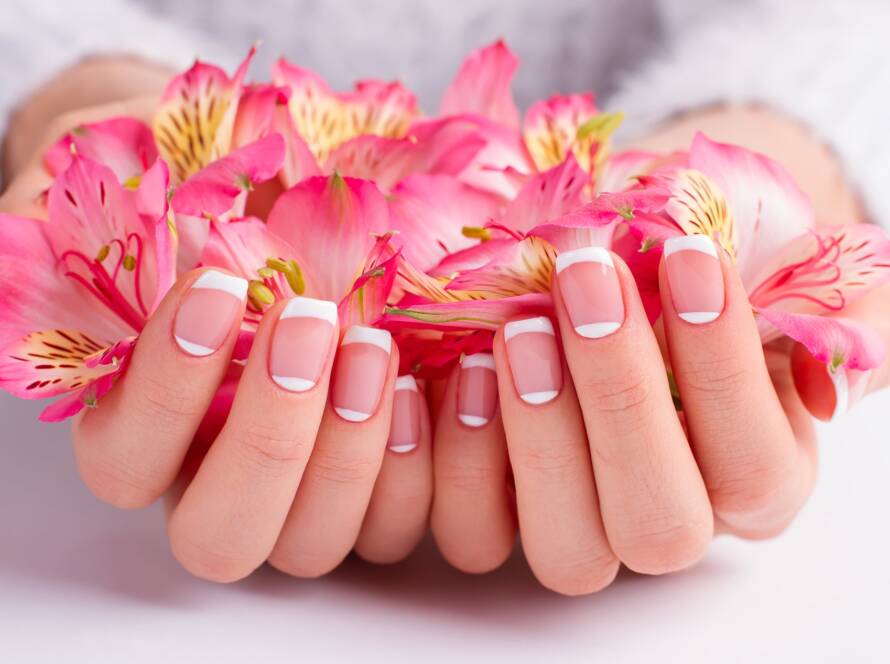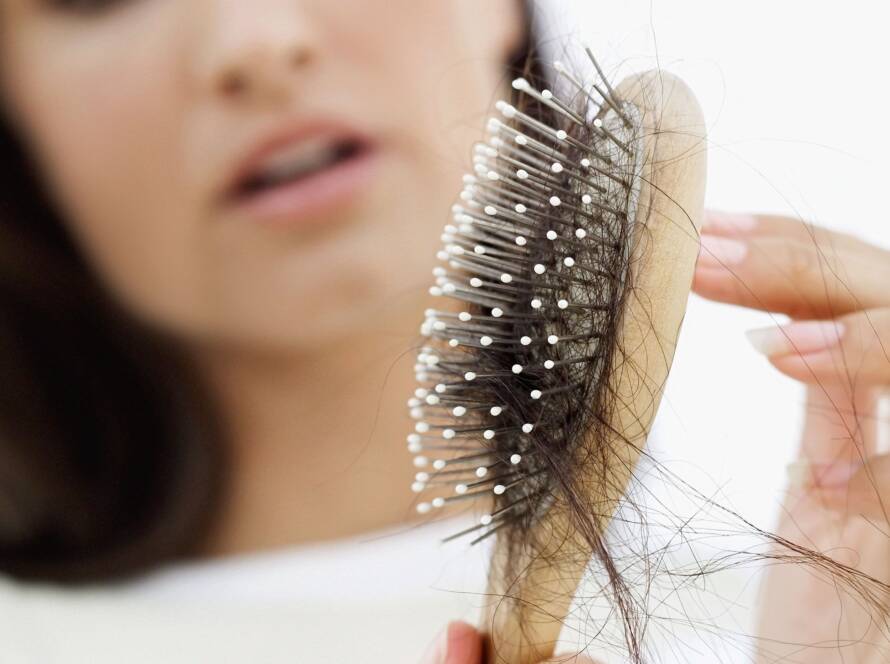Hyperpigmentation is a common skin condition characterized by dark patches or spots on the skin caused by an excess of melanin (skin pigment) production. While it is typically harmless, it can be a source of concern for many individuals, affecting their self-esteem and confidence. In this article, we will explore the link between nutrition and hyperpigmentation and highlight the essential nutrients that may help in reducing pigmentation irregularities.
Melanin is the pigment responsible for the colour of our skin, hair, and eyes. When the skin is exposed to certain triggers like sunlight, hormonal changes, inflammation, or injuries, certain disorders like thyroid disorder and diabetes, melanocytes (cells responsible for producing melanin) can become overactive, leading to the darkening of specific areas, resulting in hyperpigmentation. Hormone-related hyperpigmentation generally fade away naturally as soon as the reason for hormonal imbalance is taken care.
Nutrients beneficial in Hyperpigmentation
Vitamin C: Vitamin C is a powerful antioxidant that plays a significant role in skin health. It helps to neutralize free radicals, which can trigger melanin production and cause skin damage. Additionally, vitamin C is essential for collagen synthesis, promoting healthy and even-toned skin. Foods rich in vitamin C include citrus fruits (amla, oranges, lemons, grapefruits), strawberries, kiwis, bell peppers, green chili, potato and broccoli.
Vitamin E: Another potent antioxidant, vitamin E, helps protect the skin from damage caused by UV radiation and oxidative stress. It may aid in reducing the appearance of dark spots and promoting skin healing. Nuts and seeds (almonds, sunflower seeds), spinach, and avocado are excellent sources of vitamin E.
Vitamin A: Vitamin A is crucial for skin health and has been used in various skincare products for its anti-aging and pigmentation-reducing properties. It aids in controlling the production of melanin and promotes cell turnover. Foods rich in vitamin A include carrots, sweet potatoes, spinach, and kale.
Antioxidant-Rich Foods: Incorporating a variety of antioxidant-rich foods into your diet can help protect the skin from oxidative stress and free radical damage. Berries (blueberries, raspberries), green tea, and dark chocolate (in moderation) are rich in antioxidants and can support healthy skin.
Hydration: Proper hydration is vital for maintaining skin health. Drinking an adequate amount of water helps flush out toxins from the body and keeps the skin hydrated and supple. You can also have plain herbal tea, infused water, or a freshly pressed vegetable juice.
Lifestyle Guidelines
- Protect your skin from sun by wearing protective clothing (wide brimmed hat, and long-sleeved shirts).
- Stay indoors during strong peak sun hours.
- Apply sunscreen of appropriate pH while going out.
- Drink lots of water.
- Avoid alcohol.
- Practice yoga and meditation.
Few Home Remedies
- Soak a cotton ball in milk and rub it over darkened skin patches. Let it sit for a few minutes, and then rinse the area.
- Mix small amounts of turmeric, honey, and curd and apply to the face. Keep it for 15 minutes and then wash it off with water.
- Apply pure aloe vera gel to pigmented areas before bedtime and rinse using warm water the next morning.
- Combine equal parts of apple cider vinegar and water, apply on the dark patches, leave on for two to three minutes and then rinse using lukewarm water.
- Steep a green tea bag in boiled water for three to five minutes, remove the tea bag from the water and let cool, rub it over dark patches.
Incorporating a well-balanced diet rich in vitamins, minerals, and antioxidants can enhance overall skin health and potentially help reduce the appearance of hyperpigmentation. Additionally, adopting a holistic approach to skincare that includes sun protection, gentle exfoliation, and moisturization can further complement the nutritional efforts in achieving a healthy, radiant, and even-toned complexion.
While nutritional remedies can play a supportive role in managing hyperpigmentation, it’s essential to remember that they are not a standalone treatment. You may need to consult a dermatologist for a comprehensive evaluation and personalized treatment plan.



